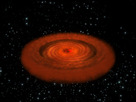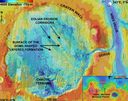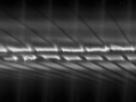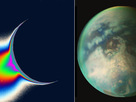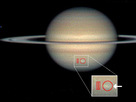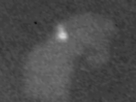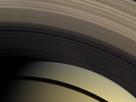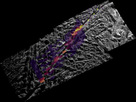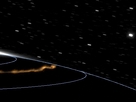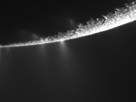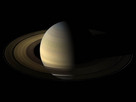The operating space science missions
Venus Express
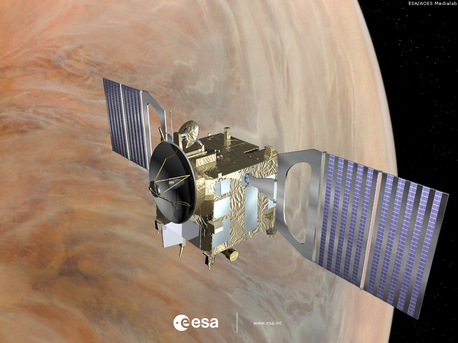 © ESA/AOES Medialab |
Venus Express has two solar cell panels per wing comprising alternating rows of standard triple junction solar cells as well as highly reflective mirrors to reduce the operating temperatures. There is twice as much sunlight in Venusian orbit as there is in Earthis orbit, plus additional thermal input from the Venusian surface and atmosphere – 75% of sunlight being reflected up from it. In certain cases, this results in Venus Express receiving an equivalent of the thermal input from 3.5 Suns.
The missions under consideration during this round were Cluster, Integral, Planck, Mars Express, Venus Express and XMM-Newton – all led by ESA.
Also considered were ESA’s contributions to the international collaborative missions Hinode (with Japan), Cassini-Huygens, Hubble Space Telescope and SOHO (all with NASA), and to science operations of ESA’s Proba-2 technology demonstrator.
Last week, the SPC confirmed previously agreed extensions for these missions until 2012 and approved new extensions to 2014, subject to confirmation in late 2012 on the regular two-year cycle.
The operating space science missions
Venus Express
 © ESA/AOES Medialab |
Venus Express has two solar cell panels per wing comprising alternating rows of standard triple junction solar cells as well as highly reflective mirrors to reduce the operating temperatures. There is twice as much sunlight in Venusian orbit as there is in Earthis orbit, plus additional thermal input from the Venusian surface and atmosphere – 75% of sunlight being reflected up from it. In certain cases, this results in Venus Express receiving an equivalent of the thermal input from 3.5 Suns.
The missions under consideration during this round were Cluster, Integral, Planck, Mars Express, Venus Express and XMM-Newton – all led by ESA.
Also considered were ESA’s contributions to the international collaborative missions Hinode (with Japan), Cassini-Huygens, Hubble Space Telescope and SOHO (all with NASA), and to science operations of ESA’s Proba-2 technology demonstrator.
Last week, the SPC confirmed previously agreed extensions for these missions until 2012 and approved new extensions to 2014, subject to confirmation in late 2012 on the regular two-year cycle.





